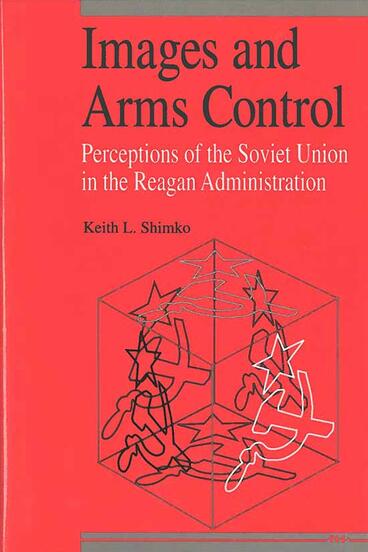Images and Arms Control
Perceptions of the Soviet Union in the Reagan Administration
A study of foreign policy decision making as seen through the relationship between the Reagan administration and the Soviet Union
Description
It is no secret that the language of politics is as highly suggestive as it is subjective: foreign relations are accompanied by a changing array of names and images. In Images and Arms Control, Keith Shimko takes a close look at the Reagan Administration’s attitudes toward the Soviet Union and explores the important relationship between “enemy” images and arms control policy preferences.
The author examines how George Schultz, Caspar Weinberger, Richard Perle, Richard Burt, and Reagan himself perceived the Soviet Union – including their beliefs about Soviet capabilities, motives, attitudes toward the United States, and decision-making processes. He demonstrates correspondences among their individual perceptions of the Soviet Union and the policies each of these influential officials advocated in debates over SALT II, INF, START, and SDI.
Images and Arms Control provides a review of the relevant theory and research in political psychology and international relations; its empirical approach – which employs rigorous, clearly explained content analytic techniques – lays the groundwork for the author to expand our understanding of the psychological bases of foreign policy decision making.
Periods of transition allow recognition, and Images and Arms Control appears at just a time: current perceptions of the Soviet Union and the adoption of new players in the “enemy” role provide ironic and timely confirmation of Shimko’s approach. His study provides a clear model for ongoing exploration of the impact of images and perceptions – and cognitive variables in general – on foreign policy decision making.
Reviews
"Keith Shimko's fine study, Images and Arms Control, deserves a wide audience. It will be of special interest to readers with interests in political psychology and foreign policy formation. Although the definitive study of foreign policy debates within the Reagan administration can't be written yet, Shimko's study provides some interesting and at times surprising systemic evidence."
—Ole R. Holsti, Duke University

